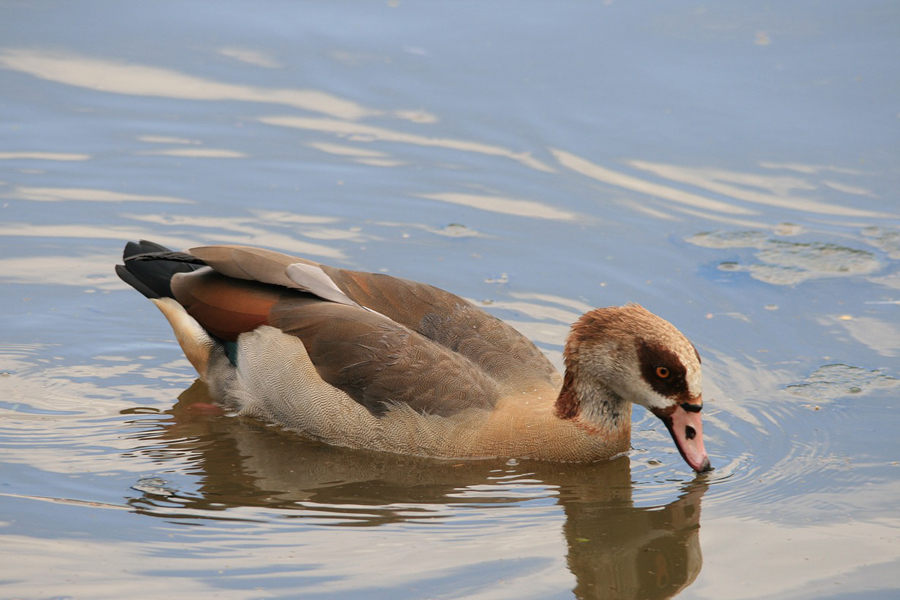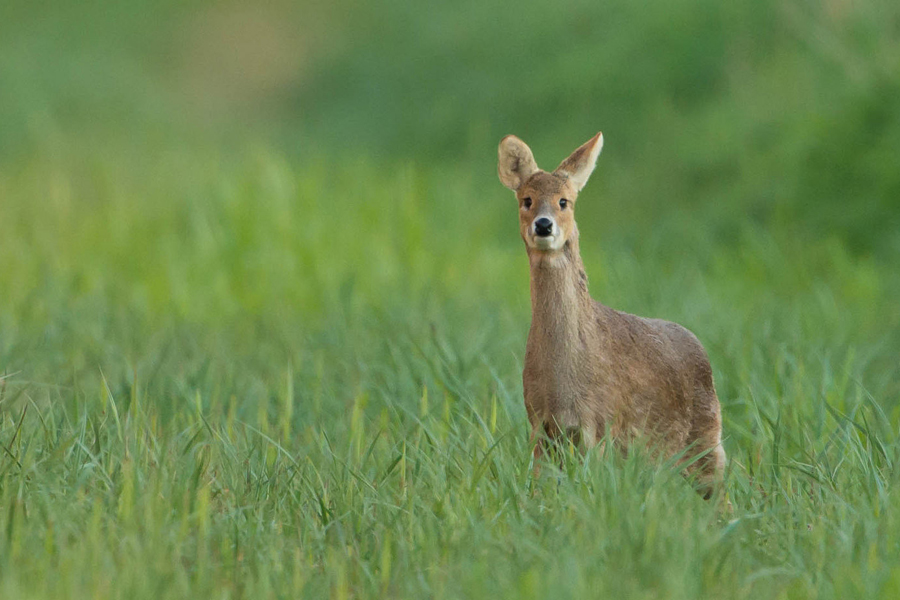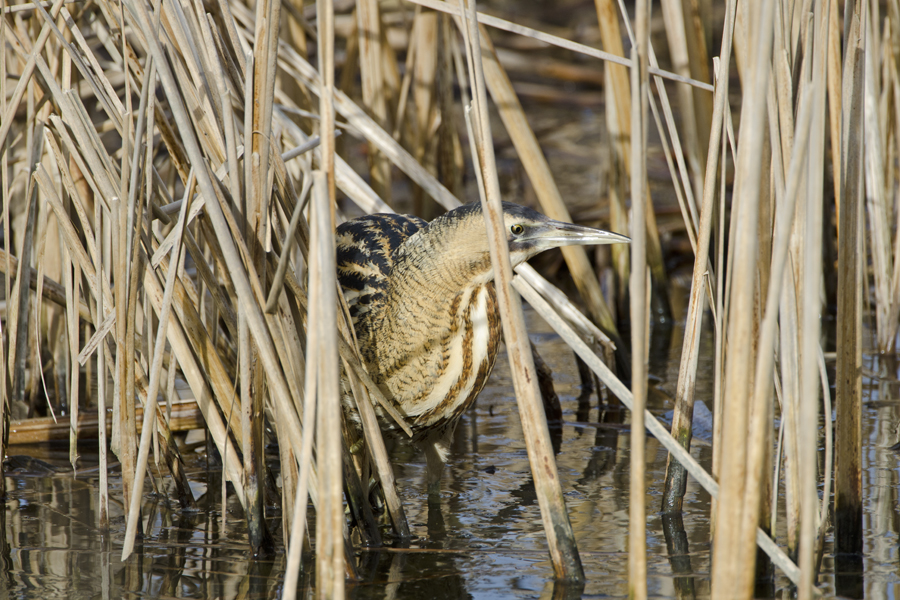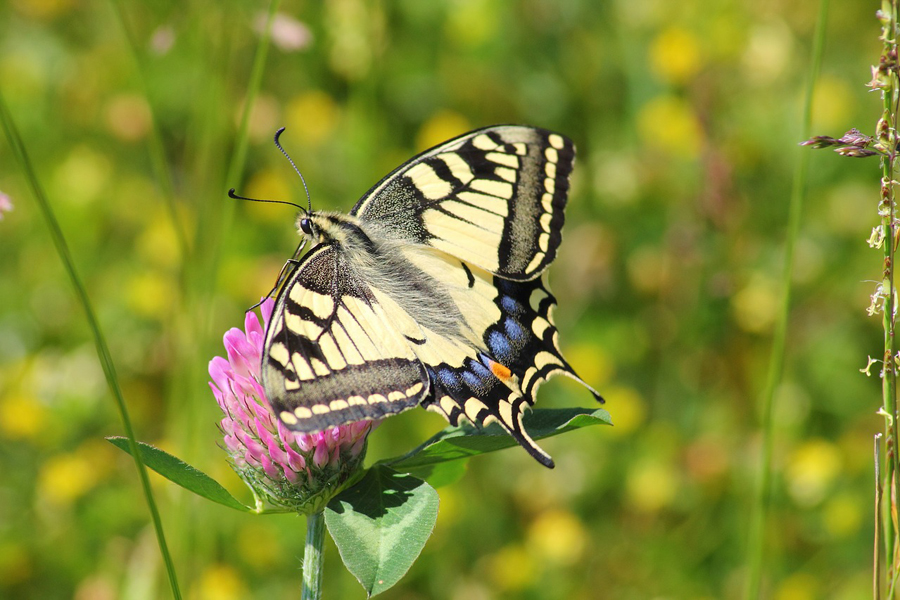

Parents, the Broads National Park is the perfect place to get children excited about the natural world around them. The Broads is one of the most ecologically rich environments in the country and is a national hotspot for birdwatchers and wildlife enthusiasts.

So how better to get young minds buzzing than to play ‘spot the animal’ in the Broads National Park? Here we’ve rounded up the animals you’re ‘likely to see’ (worth 5 points) the animals you’ll be ‘lucky to see’ (worth 20 points) and the animals you’re ‘unlikely to see’ (worth 50 points). With this fun game you can get kids passionate about discovering Britain’s rarest creatures while being able to easily identify those animals that they’re likely to see again and again. And why not add a few of your own to the list? There are plenty to choose from! Happy playing…
Score Key:
Under 50 points – skill level: Dodderman.
Oh dear, dodderman is the old Norfolk name for a snail. It’s time to stop hiding under your shell and start discovering new animals!
50 - 75 points – skill level: Bishy-Barney-Bee.
Bishy-barney-bee is the old Norfolk term for a ladybird. Ladybirds fly hither and thither all over the place with the same furious interest as your eyes must have been to earn you between 50 and 75 points!
Over 75 points – skill level: Butterbump.
Congratulations, brains like yours are so rare that you’ve reached Butterbump level, the old Norfolk term for the rare bittern!
Animals you’re likely to see - 5 points

Heron – The heron is a tall and grey British bird that can most commonly be found stood at the water’s edge hunting for small fish, frogs and even ducklings. Their average wingspan is about 6ft and their yellow bill turns orange during the mating season.
Great Crested Grebe – The great crested grebe is a really unmistakable bird to see in the Broads National Park. It is easily identifiable by its elaborate head plumage and deep russet cheek feathers. Its elegant head carriage and colouring render it one of the most exciting birds to see on the Broads, and fortunately one you’ll see again and again.
Mallard – The humble mallard may not be a rare sight on the Broads or throughout the rest of the country but it is comfortingly familiar and still a thing of beauty in its own right. The females can be recognised by their brown speckled plumage and the males by their distinctive emerald-coloured head. If you’re travelling by boat there is a good chance that one might take up a short residence on your vessel, until the food runs out!

Egyptian Goose – The Egyptian goose is the most widespread of all the African waterfowl, and was loved by the ancient Egyptians who considered them sacred. They are a very ornamental variety of goose, with chestnut-coloured eye patches, yellow eyes and pink feet!
Cormorant - The cormorant cuts a striking silhouette, sometimes seen drying its wings on the sails of wind pumps. It is a large, ragged, black bird, with oily plumage and a prehistoric-looking hooked beak. The cormorant is often seen slipping in and out of the water, perhaps brazenly grasping a fish in its beak.
Animals you’re lucky to see - 20 points

Chinese Water Deer – It might not be surprising to discover that the Chinese water deer is not a Norfolk native, but nonetheless these small, tusked, round-eared creatures are a delight to see and often found browsing wet fenland vegetation. Not much bigger than a dog, the species was introduced in the 19th century and while not unusual to see in East Anglia has been classified as vulnerable in its native China.
Barn Owl – There are few sights more haunting than the silent ghost-like appearance of the barn owl. These wide-eyed white creatures can be seen silently browsing the flat farmland in search of mice and voles. Over the last 50 years this spectacular bird has suffered global decline due to intensive agricultural techniques, so it is particularly special to see.

Kingfisher – It is hard to believe that the brightly plumed kingfisher could possibly be a native of Britain. With its distinctive sapphire blue topcoat and bronzed underneath, this little bird is a thrill to see. They’re much smaller than many photographs suggest so keep your eyes peeled!
Hare – There are few animals as deeply entrenched in British superstition and folklore as the hare. And fortunately for you they can often be seen sprinting across the flat farmland of the Broads. They are far taller than the rabbit, with longer ears and a powerful, quick gait. The black tip on the top their ears is a tell-tale sign that you’ve seen a hare. Sadly, modern agriculture has been particularly unforgiving to the hare so seeing one of these ancient creatures is especially magical for their relative scarcity.
Marsh Harrier – The marsh harrier is a particularly special bird to look out for as it is very specific to the Broads area and you’re unlikely to see them in other parts of the UK. You’re most likely to spot one flying low over reedbeds and marshes. By the latter part of the 19th century these majestic birds had been driven to near extinction due to habitat loss and persecution, however recent breeding programmes have had enormous success, taking them from near eradication to healthy population numbers. Look out for their prominent V silhouette and silvery grey underwings.
Animals you’re unlikely to see - 50 points

Bittern – One of the Norfolk names for the bittern is butterbump, which well describes their gawky appearance. With their thick, long neck and warm russet plumage they blend with their natural habitat seamlessly. They are, however, one of the rarest breeding birds in the UK, having suffered from near eradication by Victorian taxidermists and egg collectors. To see a bittern is a very special thing indeed.
Common Crane – When Homer wrote the Iliad he likened the sound of a flock of cranes to that of an approaching battle, and if you hear that sound for yourself then you will be the proud earner of 50 points as the crane is an unusual sight in Great Britain. However, if there was ever the right place to be in to spot them then the Broads National Park would be it. They are a tall, thin bird with a grey body with black and white points and a red crown, as well as distinctive tail plumage. The common crane is most likely to be spotted at Hickling.
Norfolk Hawker – This rare species of dragonfly is completely specific to Norfolk. With clear wings, green eyes and mustard-coloured body, its Latin name is the Aeshna isosceles as it has a distinctive isosceles triangle that decorates its body. This dragonfly is categorised as endangered, but if you are going to see one it is likely to be found around a slow-flowing dyke or ditch.

Swallowtail Butterfly – The strain of swallowtail butterfly which is present in the Broads is unique to the area and dependent upon the plant milk parsley to survive. They are the country’s largest butterfly, with a wingspan of up to 9cm, and striking black and yellow markings. Most notable of all are the long fronds which extend from the back of the wings resembling the tail of a swallow (hence the name). Their caterpillars are equally unusual in appearance, being big, plump, green creatures complete with horns!
Otter – It’s maximum points for spotting an otter as their semi-nocturnal, semi-aquatic nature makes them particularly hard to spot. In the 1950s they were nearly eradicated, but their numbers are now slowly improving. They are 95cm to 130cm in length, and a dark conker-coloured brown, with a distinctive white throat. Look out for their footprints in riverbanks for a clue to where you might see them.
There are loads of common, unusual and rare creatures throughout the Broads National Park so you can use our ideas as a starting point before expanding with some of your own. Engaging children with the environment from a young age can play a vital role in bringing up enthusiastic and conscientious young adults and will help to improve the future of these species in the years to come… And it keeps children amused for an hour or two, so why not?!